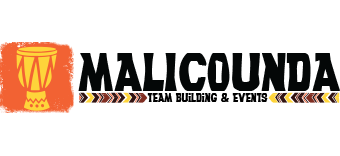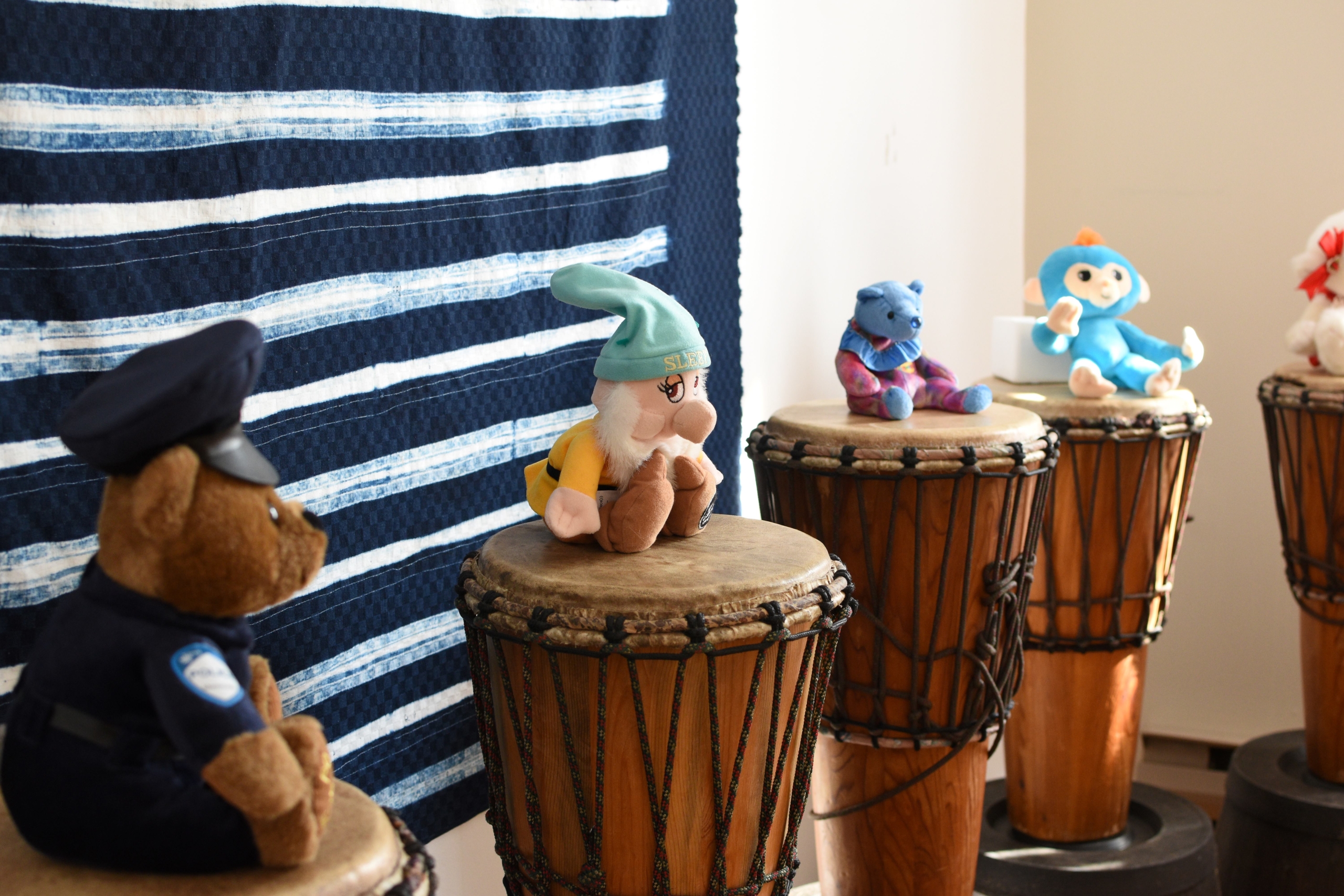Session for Schools Teachers, Early Childhood Educators and Company
Malicounda invites employees, early childhood educators, students, and teachers to participate in unique live virtual music & rhythm workshops that can be customized for various age groups in working environments, pre-schoolers, elementary and secondary schools, and grades K-12. Using “home-grown” instruments: buckets, sticks, plastic bowls, jars/bags of rice, beans, spoons and drums!
Designed for the remote learning environment, from their desk and looking at a smartboard or a projector on the wall, participants will participate through body percussion, rhythm games, or using instruments that can be found in any home.
Malicounda presents live drumming, and rhythmic games and uses an improvisation technique to stimulate the participant’s imagination.
With a little attention, we realize very quickly that rhythm is all around us. Working with the rhythm in concert with others improves productivity, focus, outcome, and joy.
Malicounda Studio
Benefits
Drumming
Drumming enhances the ability to focus the mind, stimulate cognitive development, and release stress. It also activates multiple brain systems.
Drumming increases self-esteem and results in a sense of empowerment and enhanced ability to focus.
Drumming allows people to recognize new possibilities and discover their own natural talent that is inherent in everybody.Music
Playing musical instruments can improve fine motor coordination, help to focus and give self-discipline, and this will help children with behavioral problems.
Playing music helps children develop self-esteem, as they feel a sense of accomplishment in producing a rhythm or melody.
Music motivates children to participate in a group activity and usually produces a positive emotional response.
Music engages a variety of learning styles, integrates multiple human intelligences and creates a communal experience.Rhythm
Music and rhythm accesses your brain through your emotion.
It allows children to make connections between language, cognition, expression and culture. The rhythm helps to increase motivation, interest, and enjoyment.
Rhythm improves an individual’s range of motion, joint mobility / agility / strength, balance, co-ordination, respiration patterns, and muscular relaxation.
Rhythm helps to develop brain waves. The body has a natural rhythm and when the children hear the external rhythm it makes them feel in harmony and synchronized. It makes them feel balanced. Thinking is clearer and they are not distracted.
Movement activities
All of the movement activities will help children to develop critical thinking, creativity, memory, learning skills, self knowledge and self control.
It increases their ability to cooperate with others.
Through movement activities, children will also experience space and body awareness and will develop mutual caring/sharing and respect in a creative environment.
These activities enhance the children’s listening skills, refines their awareness and allows them to experience the joy of self-expression.Healing
The rhythm of the drum helps to activate the natural rhythm of the body. The beat of the drum simulates our natural heart beat. Connecting the two will bring harmony into our life and body, the foundation of healing






